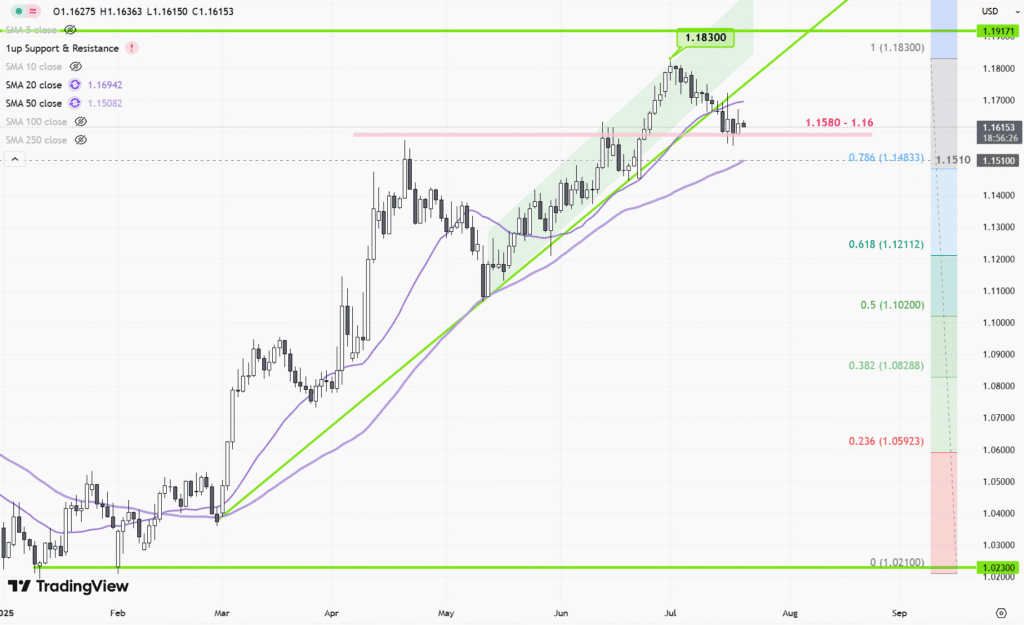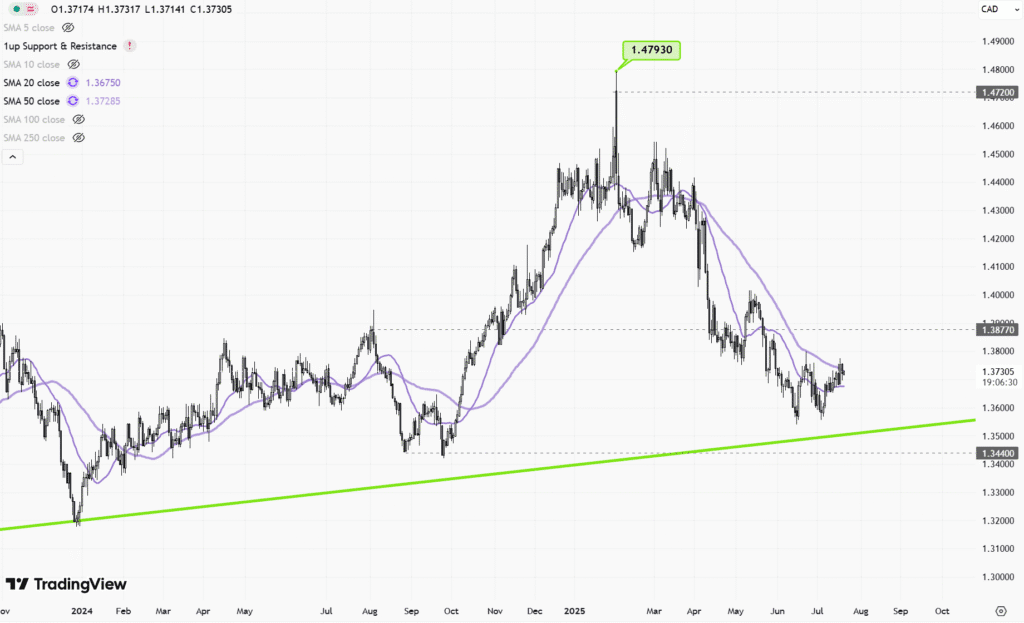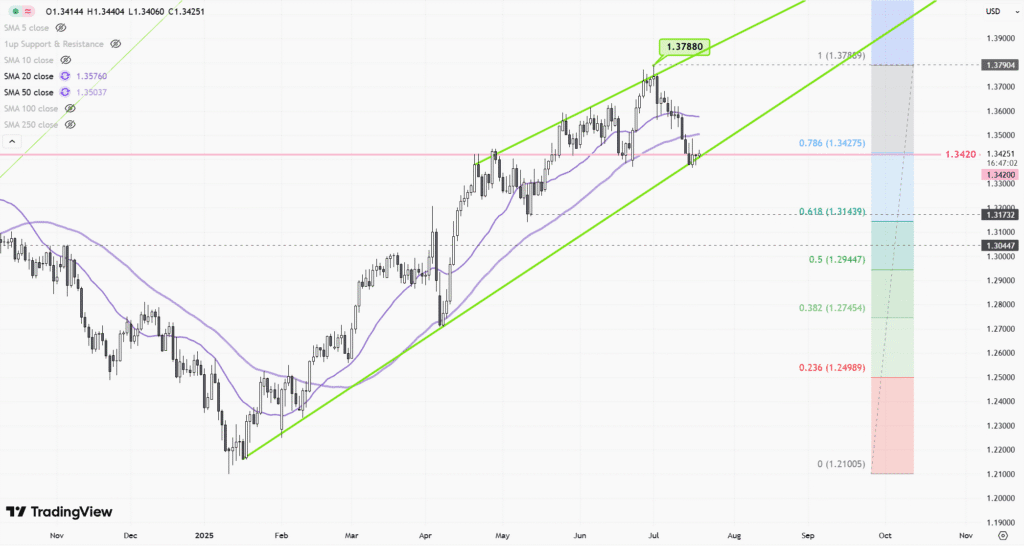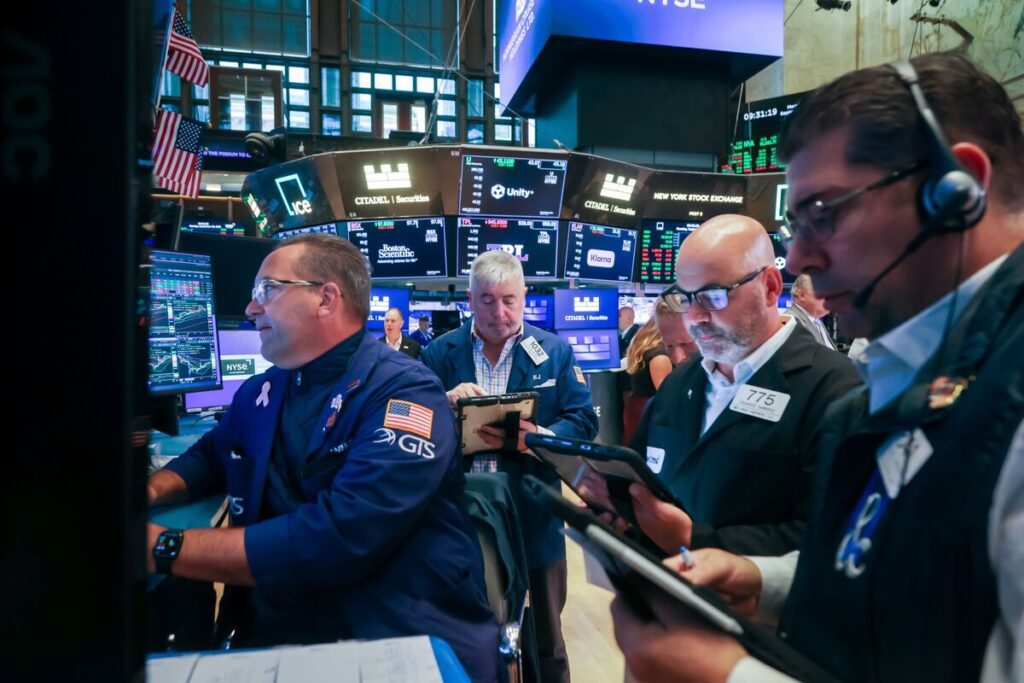 |
| Gold V.1.3.1 signal Telegram Channel (English) |
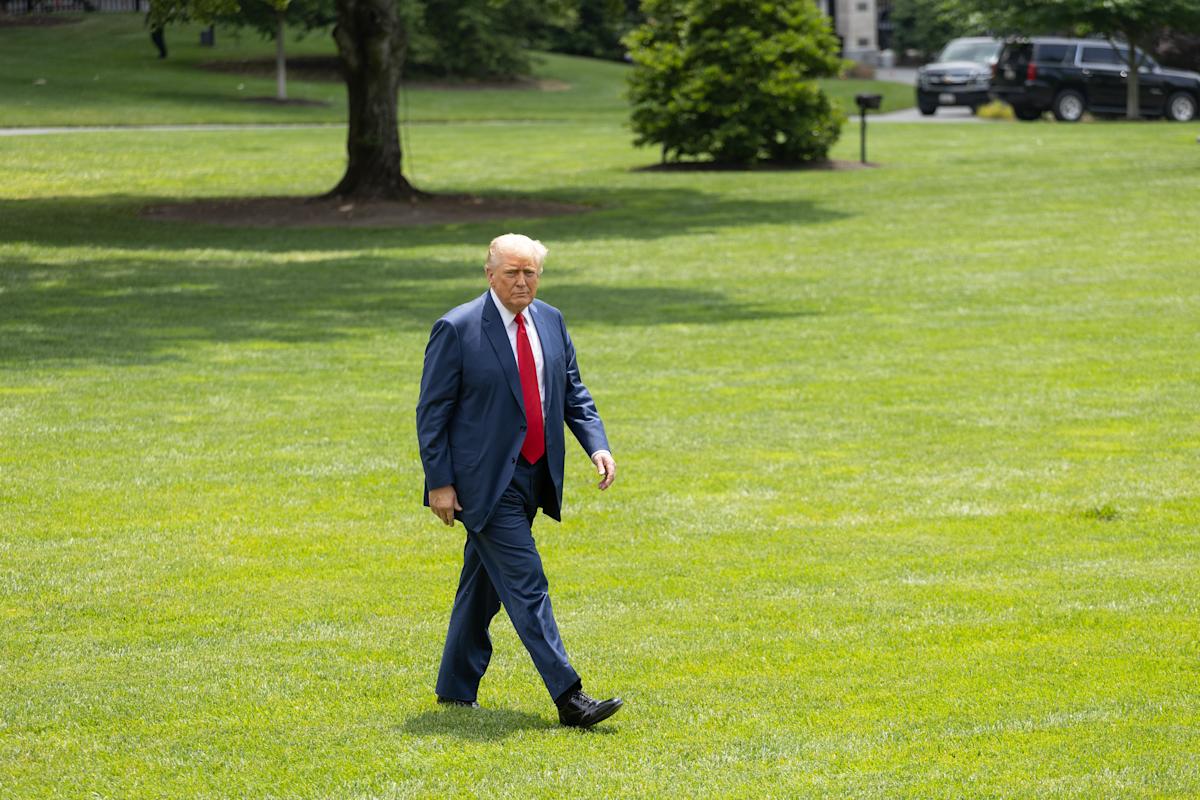
Trump’s Government-Run Hedge Fund Strategy: How New Tariffs Will Reshape US Economy and Trade
2025-08-24 @ 04:00
This week in economic policy saw a dramatic move from the White House that pushed the boundaries of government intervention in the financial markets. The Trump administration unveiled a bold approach that, in effect, resembles a vast, government-run hedge fund – a policy pivot with major implications for markets, taxpayers, and the very philosophy of American capitalism.
The new plan centers on President Trump’s sweeping tariffs. Effective April 2025, a minimum 10 percent tariff is being levied on all U.S. imports, with even higher tariffs applied to goods from 57 countries seen as sources of major trade deficits or unfair practices. The goal, according to White House officials, is to rebalance trade, protect American jobs, and address what the administration calls decades of “nonreciprocal treatment” by foreign partners.
At its core, the government is making a calculated bet: that raising the price of imported goods will not only generate vast revenues (projected at over $5 trillion in a decade), but also revitalize domestic industries and reduce America’s reliance on foreign manufacturers. On paper, these tariffs create a new and substantial stream of income for the federal government—much like profits from financial assets flowing into a hedge fund’s coffers.
But unlike a private hedge fund, the government’s “portfolio” in this case consists of the entirety of U.S. imports, and its “strategy” is one of forced price intervention. American companies and consumers are being nudged—if not outright pushed—toward domestic products through artificially higher prices for foreign goods.
The administration justifies this approach by pointing to chronic trade deficits that, they argue, have hollowed out the U.S. manufacturing base, undermined national security, and led to hazardous dependencies on foreign supply chains. By using its emergency trade powers, the White House contends it is restoring fairness and strategically protecting the U.S. economy.
Yet, beneath the bold rhetoric, the downsides of this “government hedge fund” approach are drawing alarm from economists and market participants. Economic models project that the tariffs will reduce long-term GDP by about 6%, cutting average wages by 5%. The middle-class American household could see a lifetime loss of $22,000 in purchasing power—a significant hit, especially as inflationary pressures remain front of mind for many families.
The disruptions extend far beyond simple price increases at the checkout. Tariffs threaten to dampen investment, disrupt global supply chains, and potentially trigger retaliatory measures from trading partners. Over time, this could weigh on U.S. exports, increase the cost of doing business, and erode American competitiveness—consequences usually associated with trade wars and protectionism.
There are also significant distributional effects. While some domestic industries may benefit from dampened foreign competition, sectors dependent on imported components or materials face higher operating costs. Small businesses, in particular, may lack the pricing power or supply chain flexibility to absorb these shocks, potentially squeezing their margins or forcing them to downsize.
Moreover, history suggests that large, persistent tariffs rarely play out as planned. They can become entrenched, outlive their original purpose, and entangle a wide swath of the economy in unintended consequences. The risk of retaliatory tariffs looms large, threatening U.S. exports and jobs tied to them. American farmers, for instance, have repeatedly been caught in the crossfire of trade tensions, facing sudden losses of overseas markets.
Still, the revenue side of the ledger cannot be ignored: Over several decades, tariffs could funnel trillions into federal coffers, potentially offsetting deficits and funding domestic priorities. But at what cost? Skeptics argue that the economic drag of a less open, less efficient market may far outweigh the fiscal windfall.
Beneath the surface, this policy move marks a philosophical turning point. For decades, the American economic system has prioritized open markets, competition, and limited government interference. The Trump administration’s approach is an explicit embrace of economic nationalism, where government takes an activist role—akin to an institutional investor betting on the reshaping of entire sectors.
Whether this experiment will revive America’s industrial heartland or inflict more pain than gain is a matter of intense debate. What’s clear is that this unprecedented policy mix will have wide-ranging consequences for markets, workers, and consumers alike.
As the country moves forward under these new economic rules, investors, business owners, and families will have to adjust to a future where Washington acts less as an impartial regulator and more as a market participant—one with enormous power, high ambitions, and a willingness to reshape the economic landscape in pursuit of national goals. The results of this experiment are far from certain, but the stakes—both economic and political—have rarely been higher.



